What is psycho-geography?
The term psycho geography was made by the Marxist theorist Guy Debord in 1955. It was inspired by the French nineteenth century poet and writer names Charles Baudelaire’s concept of the flâneur, an urban wanderer. Through this new term it suggested a creative and playful way of exploring the urban environment in order to examine its architecture and space. He wanted to create a term that was new to the approach of architecture that was less functional and more exploratory. Some example of psycho-geography in photography consist of:

As seen above psycho-geography very much focuses around the aspect of architecture, through the recording and creation of visually pleasing imagery of what in most circumstances would look like ruins of debris. Most of the photos are very much based around the exploration of a urban inhabited area, to which what they tend to focus on makes the photos taken look almost desolate and uninhabitable for civilization.
The process of psycho-geography can be simple or complex depending on what you choose to focus on, but the main focus is how we are affected by being in certain places around us due to architecture, weather and who you’re with. Many are taken within a small area to focus on how much you know about the specific area you are in, this is known as practicing dérive, and is a fundamental principle in psycho-geography.
A leading photographic artist in the area consist of Marcus Desieno. Desieno creates almost de-humanised landscapes from hacking into surveillance camera networks, whilst at the same time avoiding privacy problems associated with urban and residential areas. Here are some example of his work:
This form of photography can also be focused around the idea of the constantly being watch as everywhere we go there are cameras, and so can explore this idea by incorporating maybe satellite imagery into the form of photography using creative angles to make the most of the landscape.






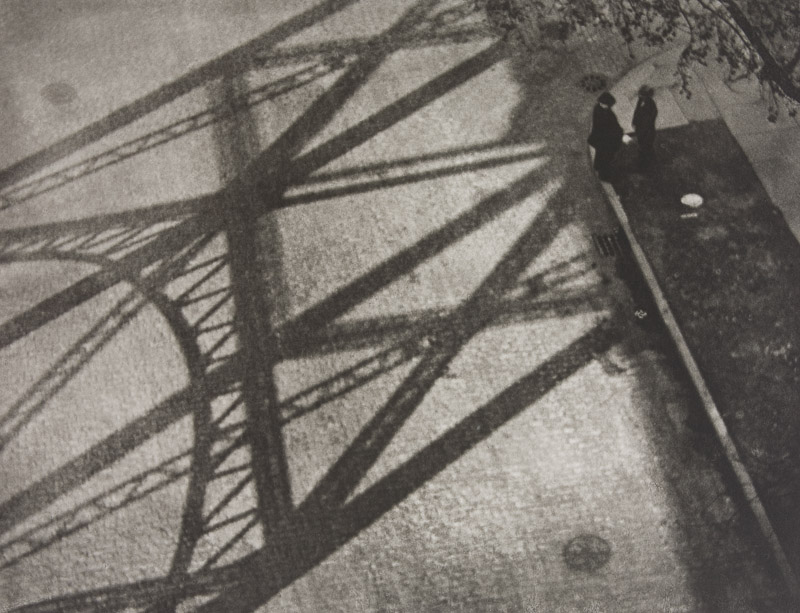
 To add to my research of the area to be explored, I decided that it would be appropriate to take street view shots in order to have a bit of an insight before hand of the area.
To add to my research of the area to be explored, I decided that it would be appropriate to take street view shots in order to have a bit of an insight before hand of the area. Part of the main area I am exploring is the car park, however now has been transformed into the International Finance Centers, with much of it still under construction. Other areas include Liberty Wharf, which was once known as a former abattoir that was restored and converted for the use of a shopping centre.
Part of the main area I am exploring is the car park, however now has been transformed into the International Finance Centers, with much of it still under construction. Other areas include Liberty Wharf, which was once known as a former abattoir that was restored and converted for the use of a shopping centre. As seen above Henner very much focuses on satellite imagery as his main source of art. One technique commonly seen in his work is shaped pixels, this can be done through selecting an area and finding the main color present in that space, to then convert it to just that singular color.
As seen above Henner very much focuses on satellite imagery as his main source of art. One technique commonly seen in his work is shaped pixels, this can be done through selecting an area and finding the main color present in that space, to then convert it to just that singular color. They tend to focus on how the different textures of the floors can create the pattern to make aesthetically pleasing imagery. The images taken are of everyday generic objects that we take for granted and don’t see the patterns within them.
They tend to focus on how the different textures of the floors can create the pattern to make aesthetically pleasing imagery. The images taken are of everyday generic objects that we take for granted and don’t see the patterns within them.
.jpg)







 My Edits
My Edits
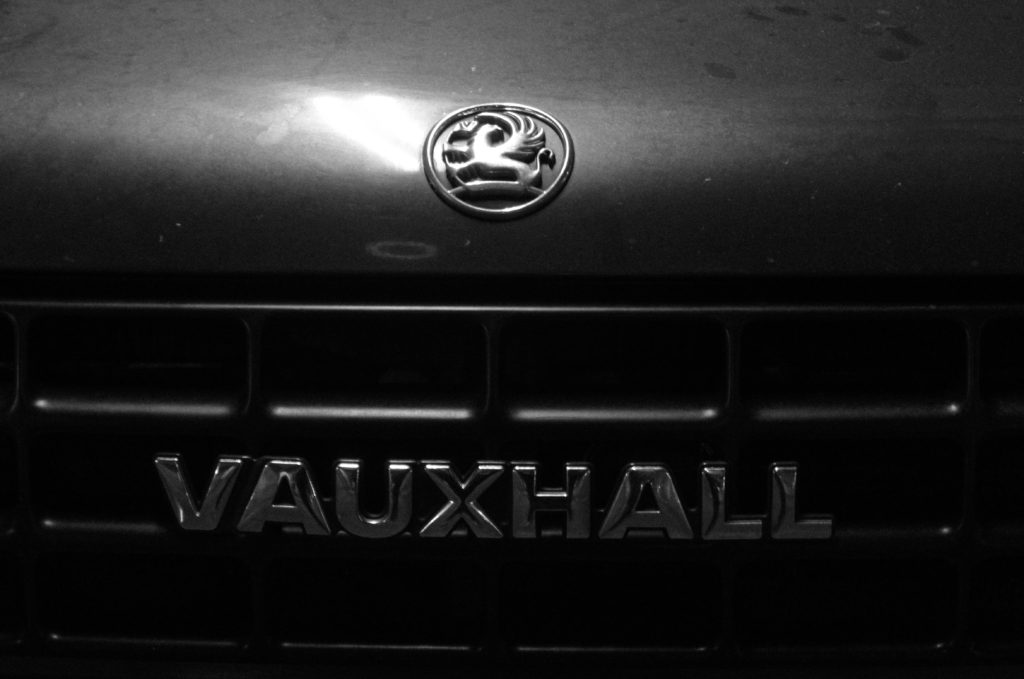




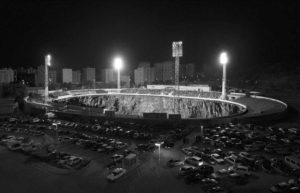
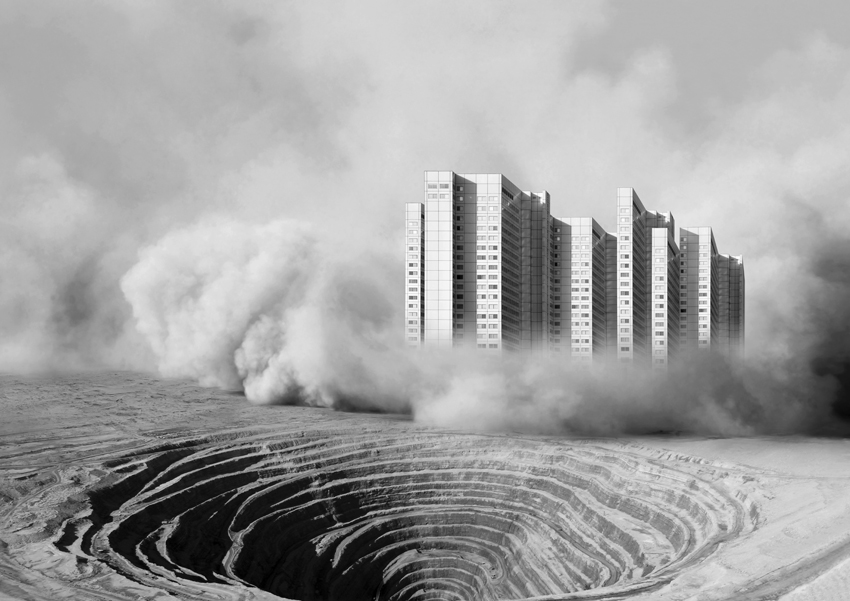










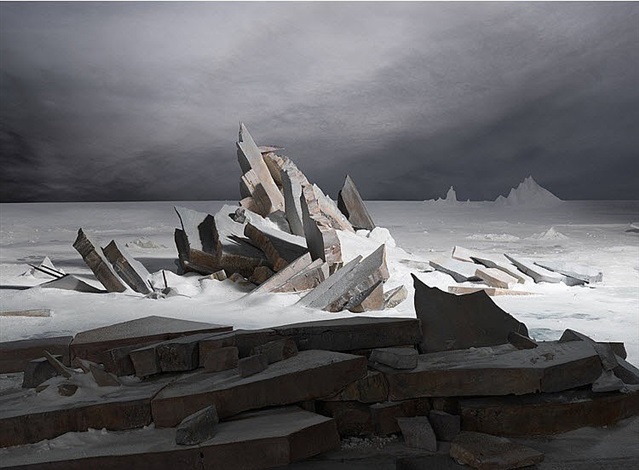
 This map of King Street is believed to date from 1913. It shows clearly how relatively small the properties were on the south side of the street, compared with those on the north, which stretched back over what had previously been wet meadowland.
This map of King Street is believed to date from 1913. It shows clearly how relatively small the properties were on the south side of the street, compared with those on the north, which stretched back over what had previously been wet meadowland.
 I researched what King Street looked like in the past and displayed a few to show the comparison between the two time periods.
I researched what King Street looked like in the past and displayed a few to show the comparison between the two time periods.

 I also took pictures of the urban landscape when comparing the old images and photographed the surrounding environments. When doing this I tried to take the photos taking inspiration from the New Topographic photographers.
I also took pictures of the urban landscape when comparing the old images and photographed the surrounding environments. When doing this I tried to take the photos taking inspiration from the New Topographic photographers.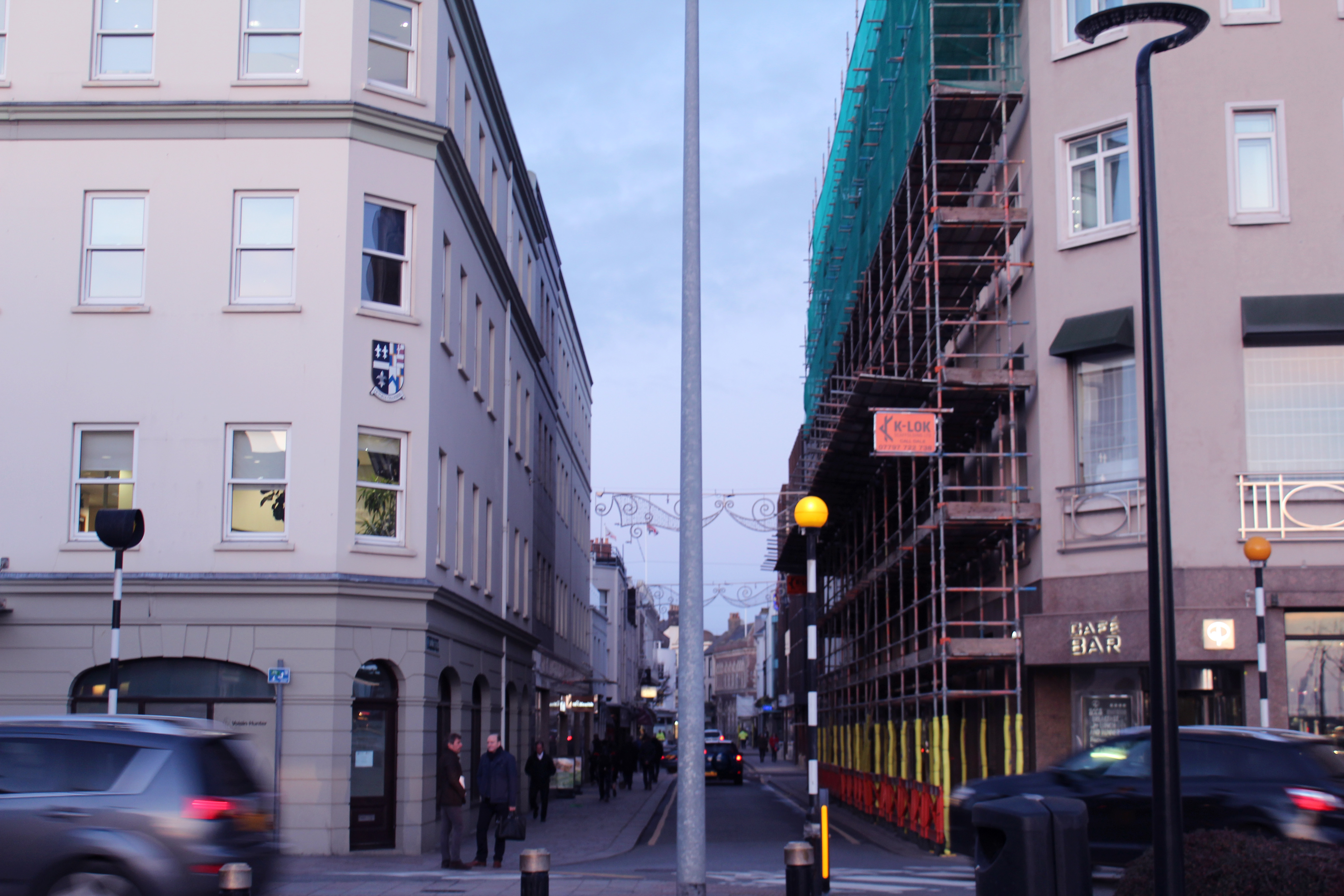
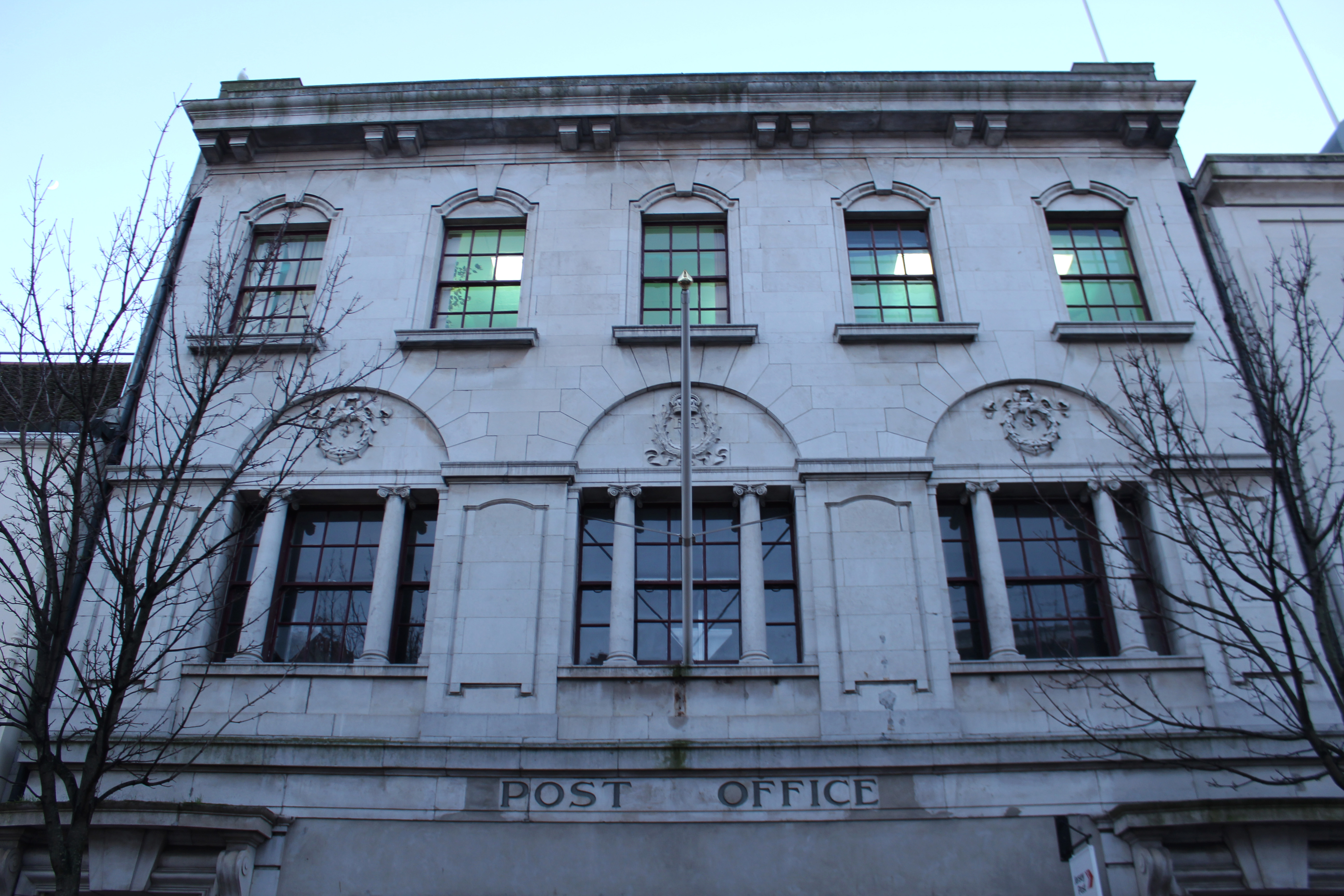








 One image that I particularly liked and decided to analyse was ‘Archival Pigment Print From a Surveillance Camera Feed’ which won the Lens Culture Emerging Talent Award 2016.
One image that I particularly liked and decided to analyse was ‘Archival Pigment Print From a Surveillance Camera Feed’ which won the Lens Culture Emerging Talent Award 2016. Technical: Marcus DeSieno’s piece consists of hacking into surveillance feeds to capture interesting imagery, the image itself seems to be taken on a gloomy day, capturing the silhouette of the mountain range in the distance whilst incorporating the Ansel Adams system throughout capturing a range of shades. The picture seems to have been deteriorated creating an old feeling to it whilst maintaining much of the crisp qualities of the original photo. A depth of field can be seen partially used through the use of the graininess and how the road snakes off into the distance removing detail from the image, but at the same time keeping out focus on the road.
Technical: Marcus DeSieno’s piece consists of hacking into surveillance feeds to capture interesting imagery, the image itself seems to be taken on a gloomy day, capturing the silhouette of the mountain range in the distance whilst incorporating the Ansel Adams system throughout capturing a range of shades. The picture seems to have been deteriorated creating an old feeling to it whilst maintaining much of the crisp qualities of the original photo. A depth of field can be seen partially used through the use of the graininess and how the road snakes off into the distance removing detail from the image, but at the same time keeping out focus on the road.

